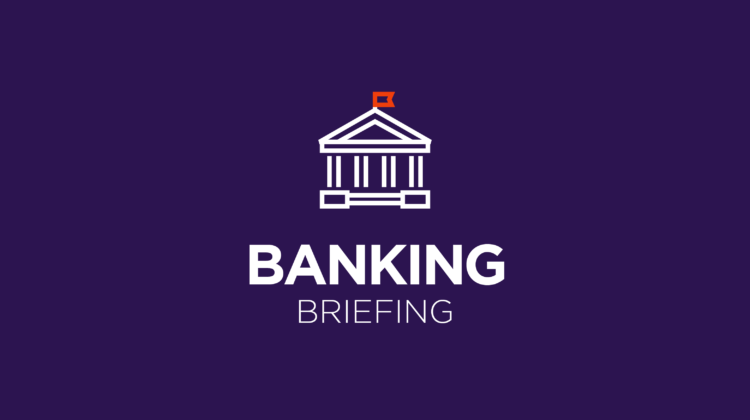Banking, Member Exclusive
Banking Briefing: What goes into building a recession strategy?
- How can banks keep themselves safe during a recession?
- Plus, what does the unbundling of banking products mean for retail banks?








